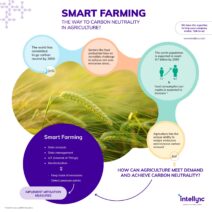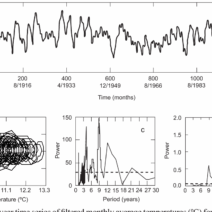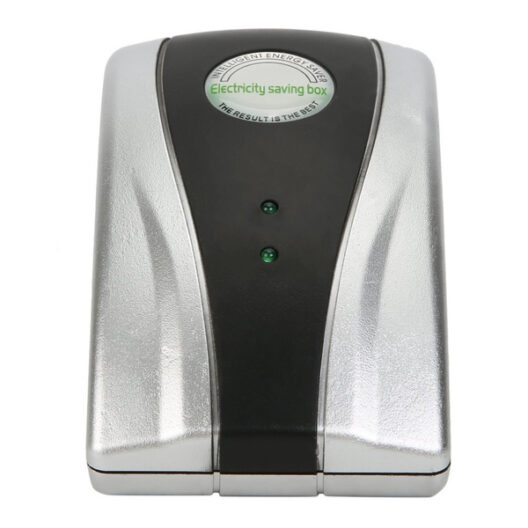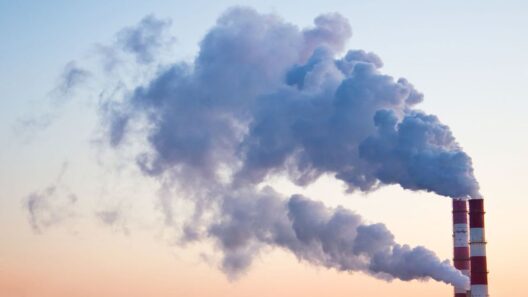The phenomenon of climate change, often described as the slow boil of a pot left on the stove, is increasingly becoming the catalyst for an economic metamorphosis. As the temperature of our planet ascends, it triggers a domino effect that reverberates through global markets and industries, prompting dramatic shifts in operations, investments, and consumer behavior. This analysis will delve into the multifaceted impacts of global warming on the economy, illuminating how these changes will sculpt the future of commerce.
To begin, one must understand that climate change is not merely a scientific concern; it is a formidable economic force. The financial repercussions of environmental neglect have incrementally materialized, manifesting in escalating costs associated with natural disasters, health crises, and infrastructure deteriorations. As natural events become more unpredictable and severe, businesses face the specter of damaged assets and disrupted supply chains. For instance, hurricanes powered by warmer ocean temperatures can obliterate entire regions, leaving substantial economic ramifications in their wake. The impact is akin to a rock tossed into a pond, sending ripples across economies, affecting everything from real estate valuations to insurance premiums.
As the repercussions of climate change sweep across the globe, markets are responsive creatures, adapting to the changing landscape. The fossil fuel industry, once the titan of global capitalism, is finding itself increasingly scrutinized, facing a growing demand for cleaner alternatives. Investors are re-evaluating portfolios, shifting their focus toward renewable energy sources such as wind, solar, and hydroelectric power. This shift underscores the emergence of a new economic paradigm: a transition from a carbon-intensive economy to one defined by sustainability. Renewable energy has not simply become a trend; it has evolved into a formidable sector poised for growth, illustrating the resilient nature of the market in response to climatic imperatives.
However, sectors are not simply transformed; they are repurposed. Agriculture, for example, is facing unprecedented challenges as weather patterns fluctuate and arable land diminishes. Farmers are experiencing the immediacy of climate change. Droughts and floods that characterize shifting climates are not theoretical scenarios for producers of food, but pressing realities that dictate crop yields and harvest timetables. Innovative agricultural practices, such as precision farming and sustainable land management, are being adopted to counteract these climatic shifts. The spices of adaptation are intricate, allowing agriculture to pivot toward resilience rather than succumb to climatic despair.
Moreover, the automotive industry is undergoing its own revolution as manufacturers grapple with the urgency of developing electric vehicles (EVs). The internal combustion engine, a symbol of 20th-century progress, is being eclipsed by a new breed of transportation. As regulatory pressures mount and consumer preferences shift toward sustainable options, traditional auto manufacturers are investing heavily in electric technology. The narrative here is multifaceted; technological innovation is paving the way for a greener economy. Automotive companies are not just shifting gears; they are reengineering their entire identities in pursuit of sustainability. The road to recovery in this sector is paved with a commitment to reducing emissions and reclaiming the mantle of environmental stewardship.
Financial markets are also adapting to the climate zeitgeist. The rise of green finance reflects a burgeoning consciousness surrounding sustainability within investment paradigms. Green bonds, sustainability-linked loans, and impact investing are not just buzzwords; they epitomize a shift where financial success is increasingly tied to environmental responsibility. While profitability remains paramount, the modern investor is becoming acutely aware that long-term viability hinges on sustainable practices. This marks a transformative era where economic growth and environmental integrity are not mutually exclusive, but rather intertwined paths to future prosperity.
Moreover, the insurance industry faces a formidable challenge as it attempts to quantify the risks associated with climate change. The once-stable actuarial tables now experience volatility driven by erratic weather events, demanding a recalibration of risk assessments. Insurers are compelled to account for the increasing frequency of catastrophic weather phenomena. Many companies are now incorporating climate risk assessments into their underwriting strategies, acknowledging that the economic stability of regions may hinge on climate resilience. This recalibration not only influences premium costs but also fundamentally alters the risk landscape, prompting insurers to rethink their business models.
As global warming continues to reshape market dynamics, it also presupposes a reimagining of consumer behavior. The modern consumer is increasingly cognizant of their environmental footprint, fueling a demand for transparency and accountability from companies. Brands are now required to align with the values of their customers, who prioritize sustainability in their purchasing decisions. From ethically sourced products to minimalistic packaging, the conscious consumer represents a seismic shift in market trends; businesses that ignore this call do so at their own peril.
In conclusion, the global warming economy is not an abstract concept; it is a vivid representation of how climate change interlaces with economic vitality. As soaring temperatures redefine the parameters of markets and industries, we must embrace the transformation as an opportunity for innovation and growth. The shifts occurring today are not merely adaptations but foundational reinventions that will dictate the trajectory of commerce for generations to come. By engaging with sustainability as a primary driver, society can navigate the climate crisis and emerge as a resilient, economically balanced ecosystem.







